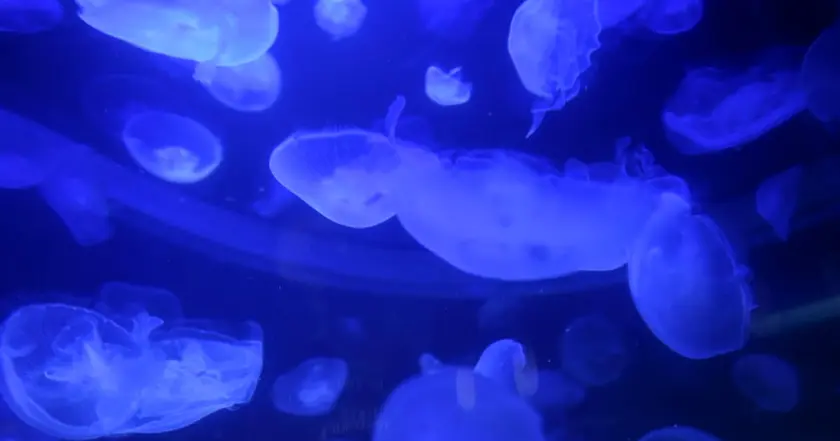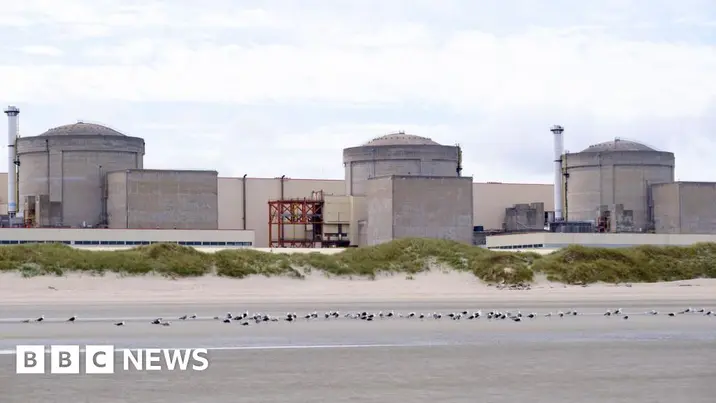T4K3.news
Jellyfish disrupts cooling at a French nuclear plant
Jellyfish blooms forced automatic shutdowns at a coastal French plant, but EDF says safety remains intact.

EDF says jellyfish in the cooling canal caused automatic shutdowns at a coastal nuclear site, but safety remains intact.
Jellyfish disrupts cooling at French nuclear plant
Three of the plant’s four reactors shut down automatically late Sunday, with the fourth unit stopping early Monday morning. The facility has six reactors in total, each rated around 5.4 gigawatts, while the two remaining units are under maintenance. Cooling water for the site is drawn from a canal connected to the North Sea, and EDF says the shutdowns were caused by jellyfish clogging the intake, not by a safety fault.
EDF also stated that there is no threat to workers or to the environment. The incident highlights how coastal nuclear plants can be affected by marine life as sea temperatures rise. Local beaches around the plant have reported more jellyfish in recent years, a trend linked to climate change, shifts in salinity and fewer jellyfish predators.
Key Takeaways
"Safety stays the priority as crews tackle marine life in the cooling system"
plant spokesman on handling the incident
"Jellyfish blooms are a growing challenge for coastal power plants"
industry analyst on broader trend
"If outages spread the grid could face tighter supply this week"
energy market observer
"Residents worry about beaches while the plant adjusts"
local resident
This incident shows that even clean energy depends on local ecosystems. When marine life blocks cooling intakes, safety systems work, but outages can still disrupt power supply and consumer confidence.
As seas warm, plants may need better screening and monitoring of intakes and more robust contingency plans. If such events become more frequent, the cost may shift from maintenance to reliability and public trust.
Highlights
- Safety stays the priority as crews tackle marine life in the cooling system
- Jellyfish blooms are a growing challenge for coastal power plants
- If outages spread the grid could face tighter supply this week
- Residents worry about beaches while the plant adjusts
Environmental and public reaction risk
The incident shows how marine life near coastal energy sites can affect operations, with potential impact on public perception and energy reliability. It may invite more scrutiny of cooling strategies and marine life mitigation.
As climates shift, the link between energy and environment demands sharper eyes and smarter design.
Enjoyed this? Let your friends know!
Related News

Jellyfish disrupts Gravelines plant

Thames Water contingency plans approved

Markets rise as Ukraine talks loom

Kremlin warns of nuclear risks from UK provocations

Explosions reported near Zaporizhzhia Nuclear Power Plant

UK secures multibillion-pound deal for Sizewell C

Ukraine targets Moscow and Rostov rail systems

Trump signals peace talks with Russia ahead of Alaska summit
